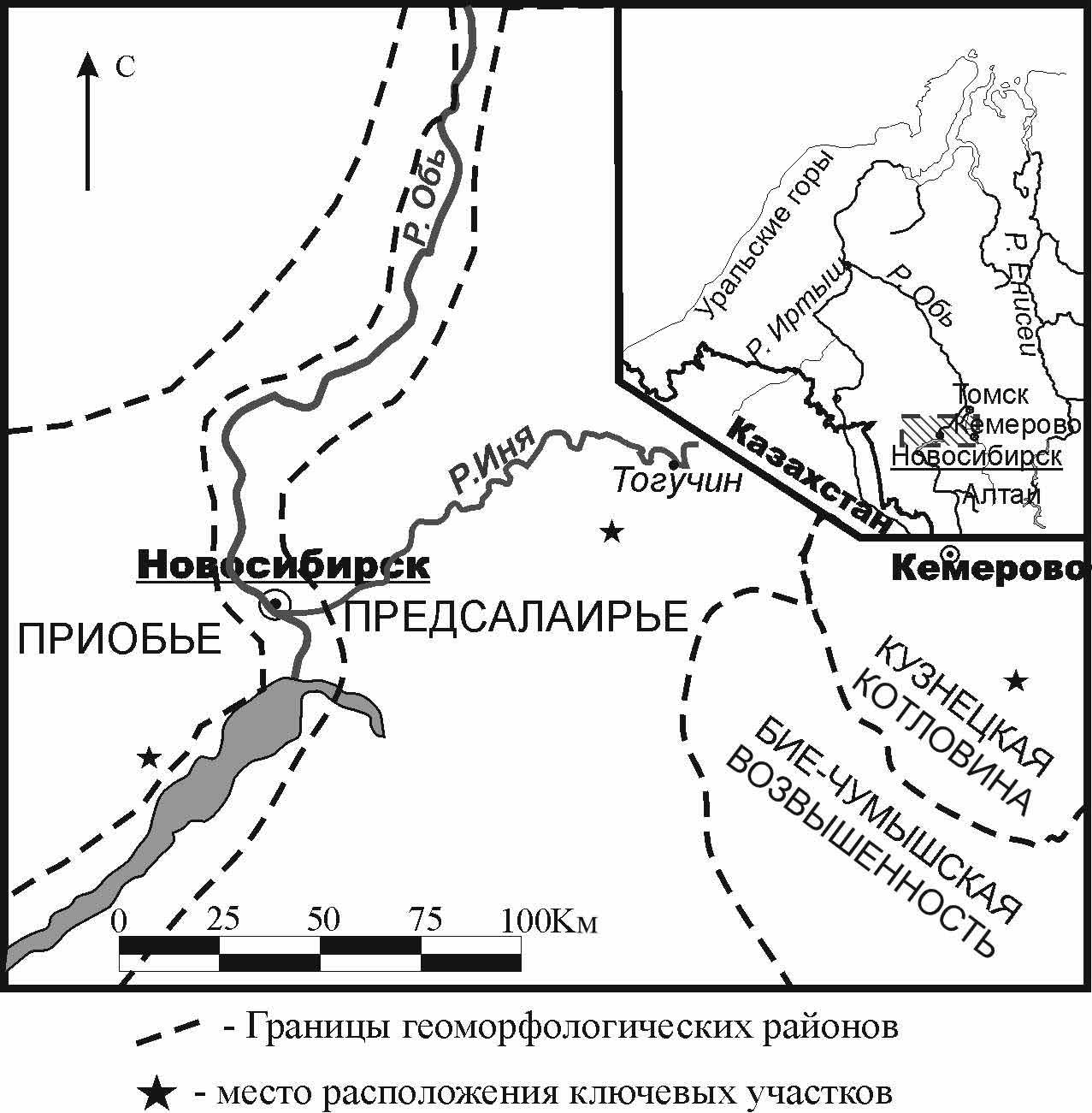Dynamics of summer moisture reserves in the profile of non-eroded and eroded chernozems in the southeast of West Siberia
DOI:
https://doi.org/10.31251/pos.v6i4.232Keywords:
solid and liquid atmospheric precipitation; soil moisture reserve; cycles of atmospheric moistening; chernozems of West Siberia.Abstract
The aim of the study. To identify the presence and causes of summer moisture deficit in the profile of non-eroded and eroded soils against the background of multi-year increase in moisture content in the southeast of West Siberia.
Location and time of the study. The water regime of Protocalcic Chernozems (Siltic) of the Kuznetsk Basin (1968-1979), Calcic Chernozems (Siltic) of the Priobie (1984–1993), Protocalcic Chernozems (Siltic) of the Predsalairie (1995 and up to the present time) under virgin vegetation and water regime changes as a result of tillage and erosion processes is considered.
Methods. Soil moisture content of each 10-cm layer to a depth of 150 cm was investigated. Under laboratory conditions, the thermostat-weight method was used to determine the moisture content of the samples. Data about the precipitation and warm period air temperature were obtained from climate reference books, Internet weather archives and authors’ observations at key study sites.
Results. It was established that in early spring (April) moisture reserves in the 0-1,5-m of the virgin chernozem profile were 50 mm less than in the arable chernozem. This difference in moisture reserves was maintained during the entire summer. But by mid-October the difference in moisture reserves between the non-eroded chernozems disappeared. The replenishment of soil moisture reserves was negatively influenced by the surface runoff of storm water. Therefore, the profile of these chernozems was under-saturated with moisture. Its spring deficit in the 0–1,5 m of soil profiles located on the slope of southeastern and southwestern exposition was approximately the same (58 and 48 mm, respectively), and in June the profile of the arable weakly eroded chernozem located on the southeastern slope was more dried up (moisture deficit of 101 and 48 mm, respectively).
Conclusions. The moisture deficit in the arable non-eroded chernozem profiles in spring, together with sparse precipitation in the first half of the warm period combined with high air temperature markedly decreases soil moisture, bringing its deficit by August during the dry and regular hydrological cycles. The last 10 years (2013–2022) saw the tendency of the non-leaching moisture regime type of the Cis-Salair chernozems being transformed into intermittently leaching type due to increased early autumn precipitation and air temperature.
Downloads

Downloads
Published
How to Cite
Issue
Section
License
Copyright (c) 2023 The Journal of Soils and Environment

This work is licensed under a Creative Commons Attribution 4.0 International License.






